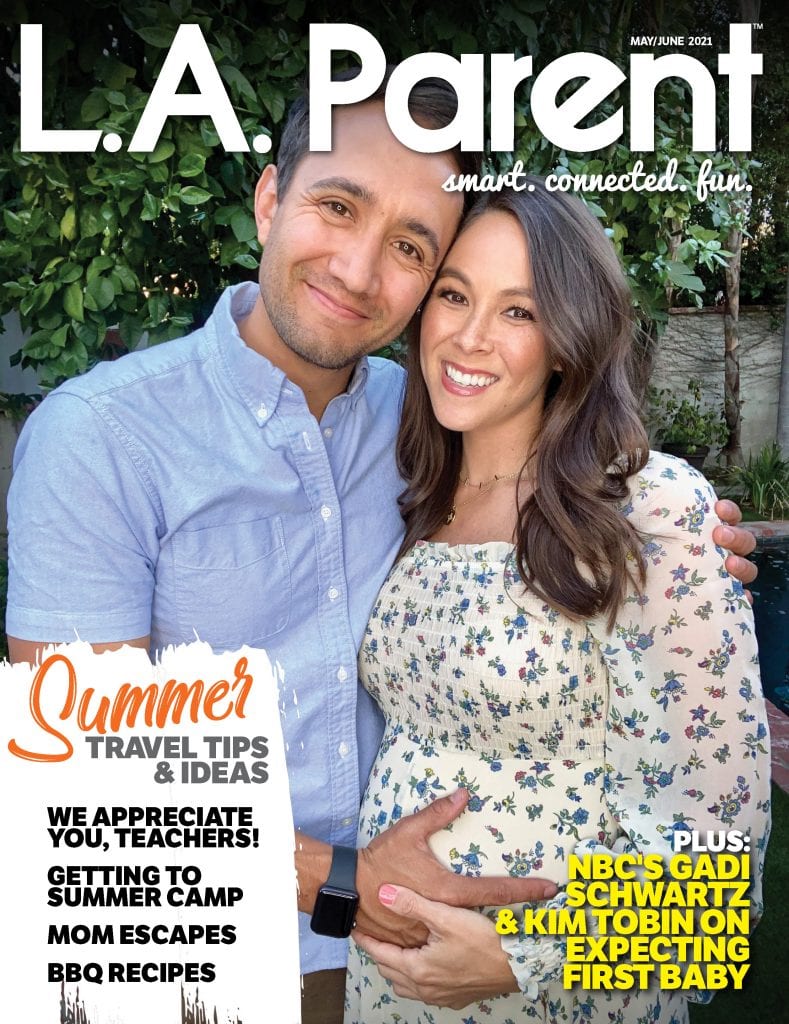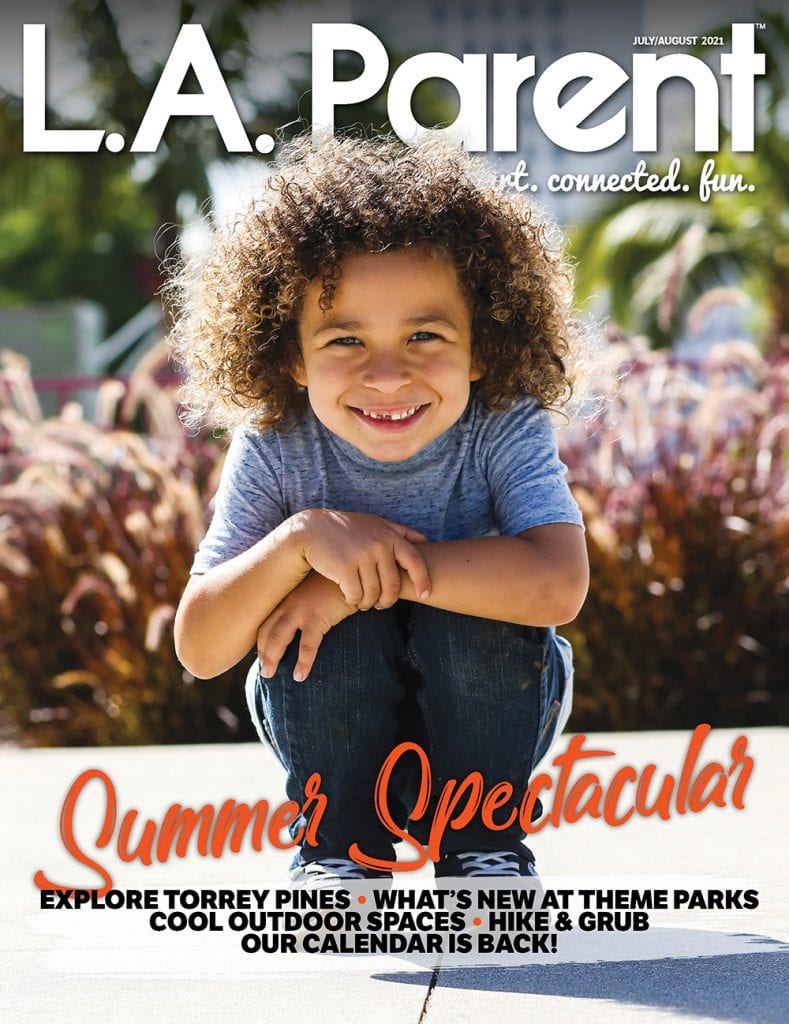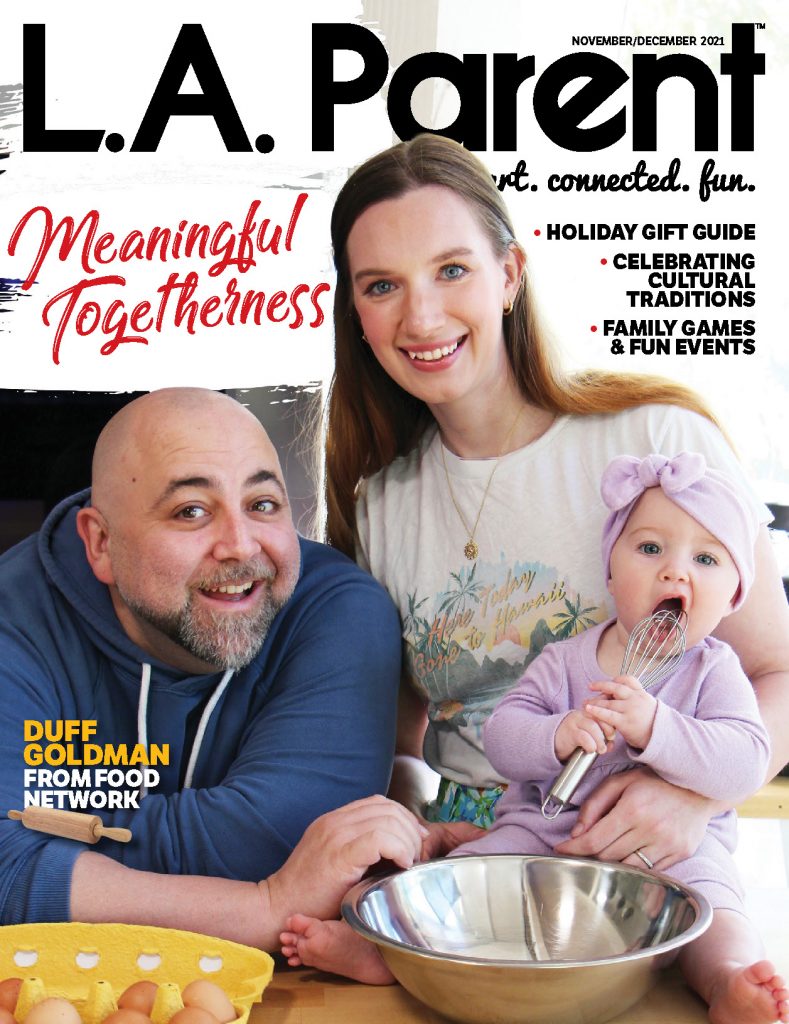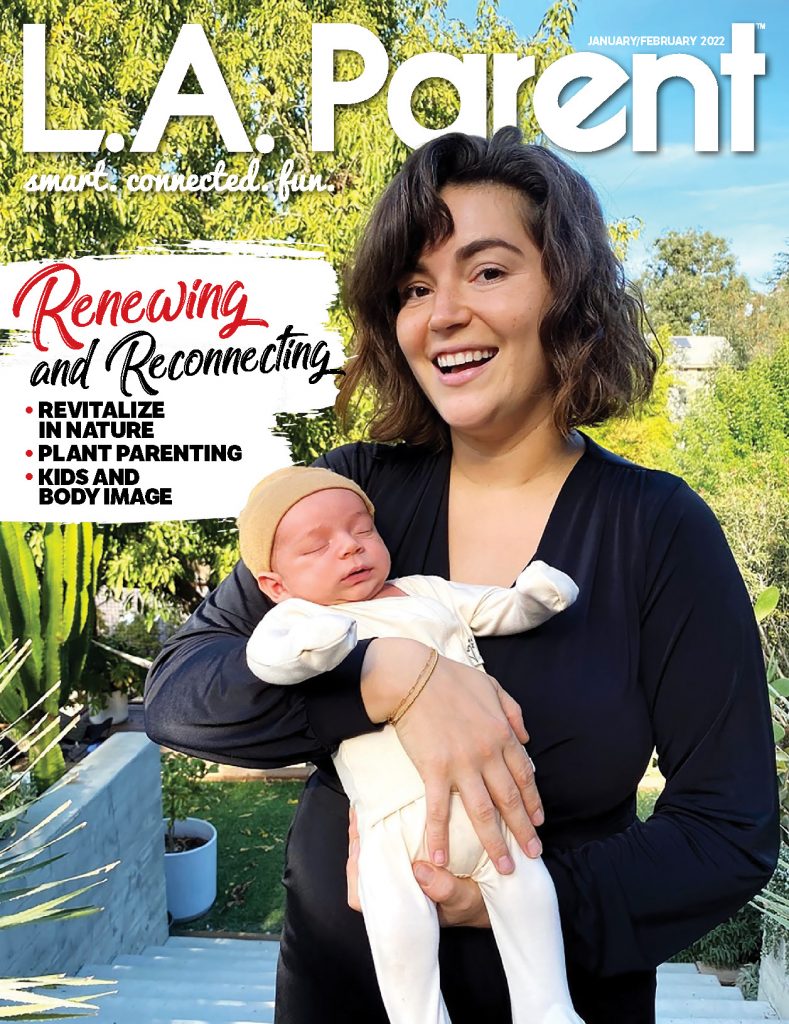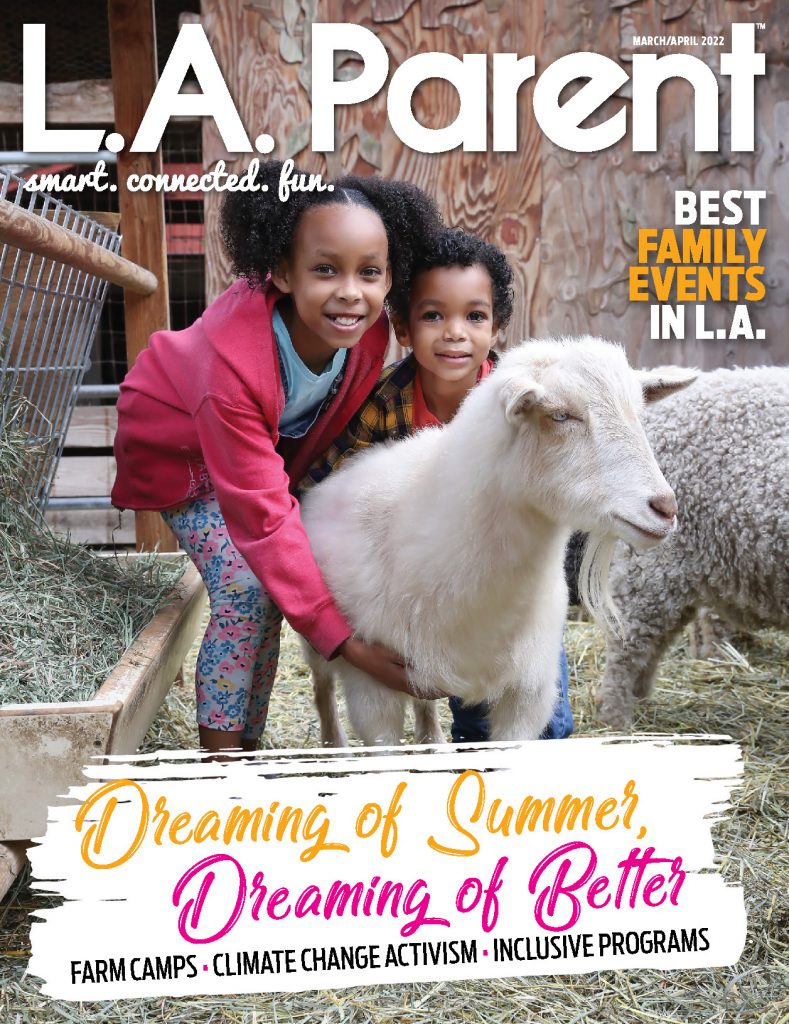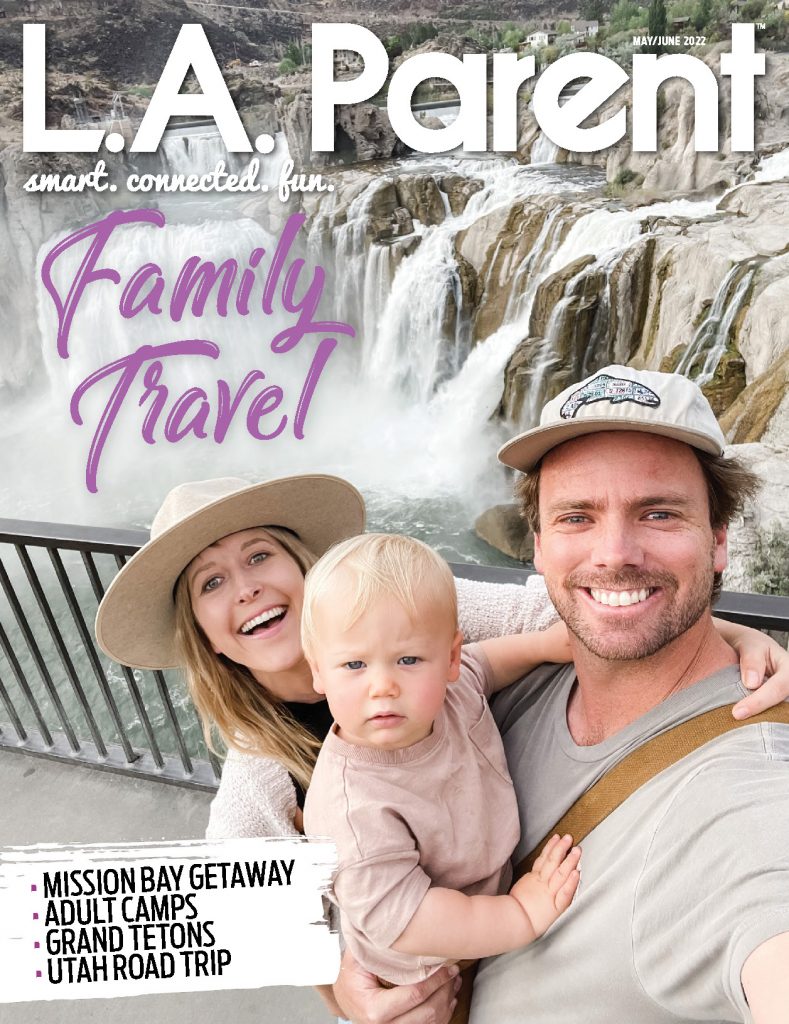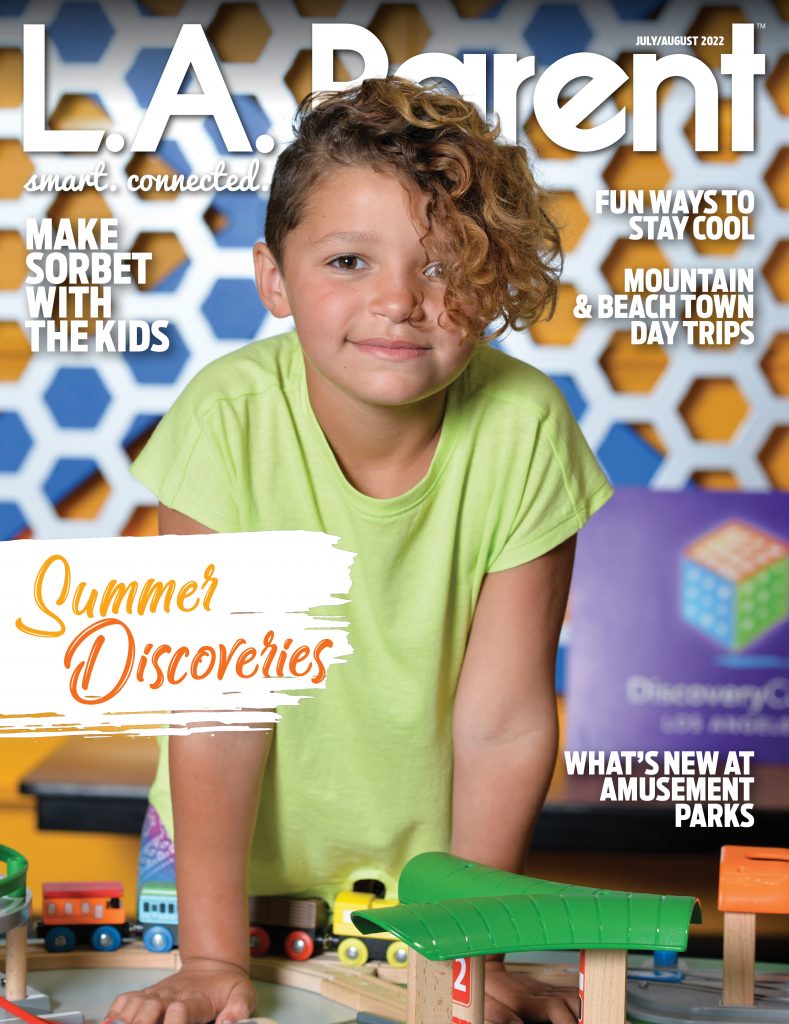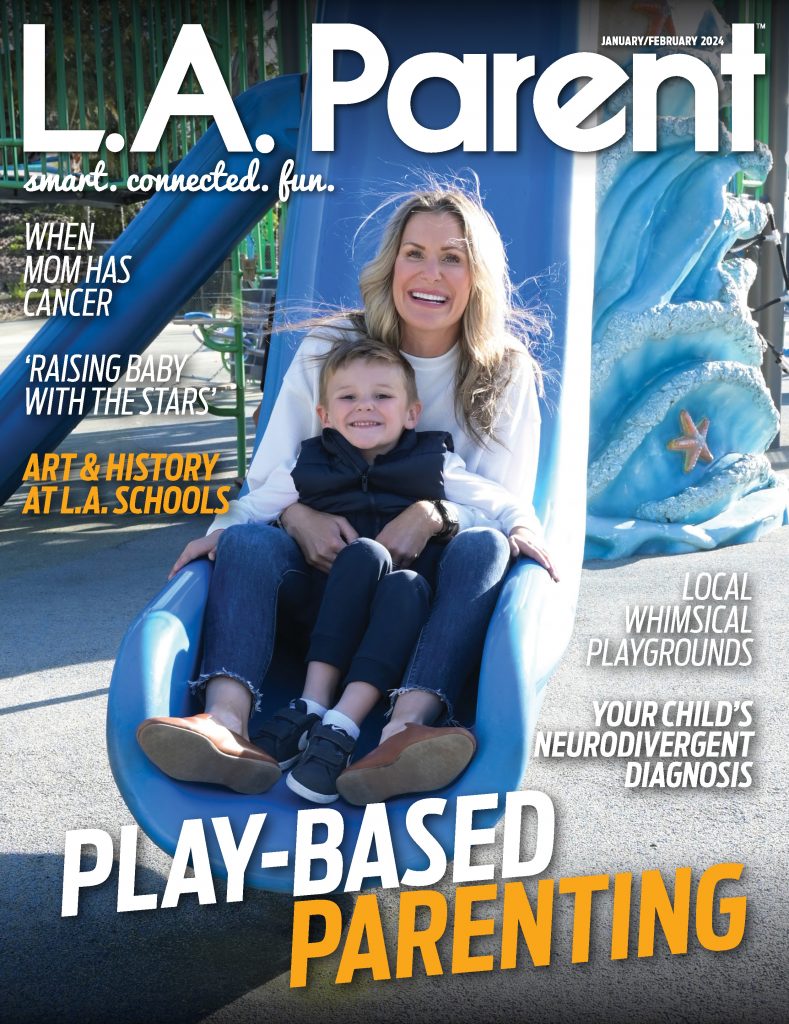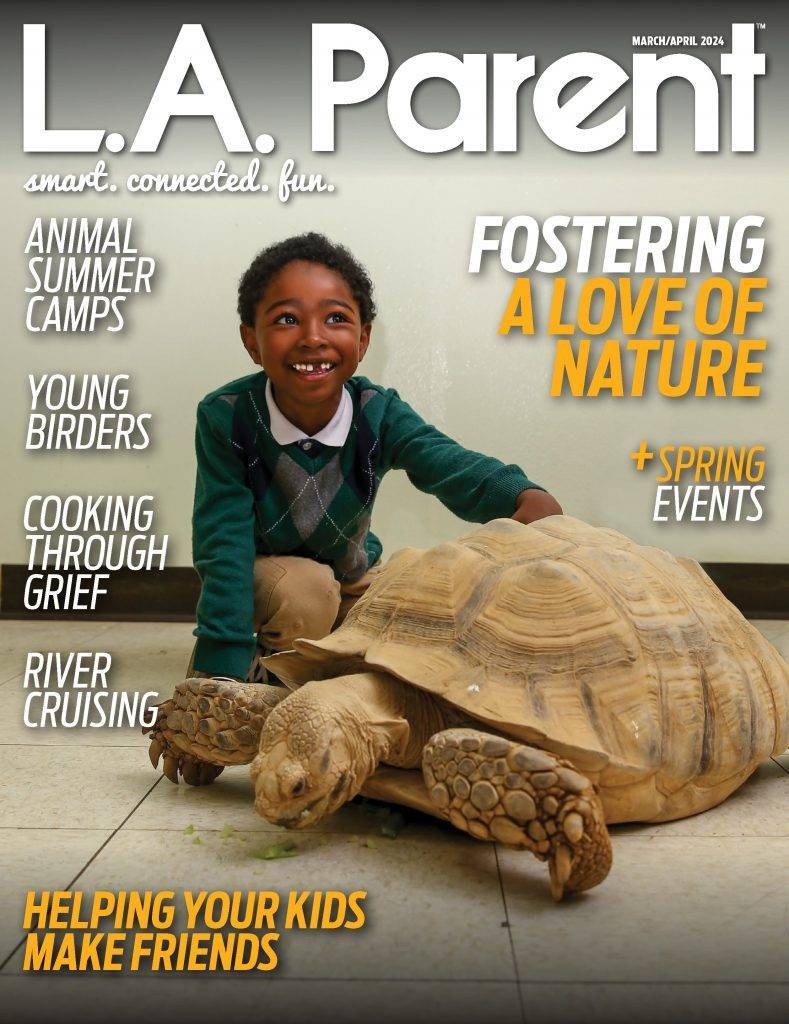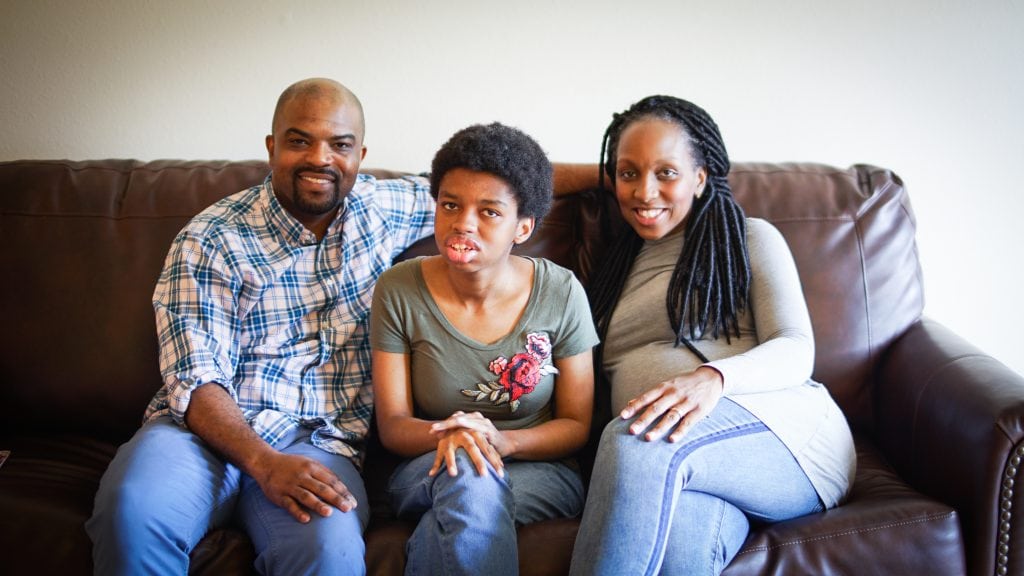
Eraina Ferguson, at right, with her husband Jason Ferguson and daughter Taylor Davis. PHOTO COURTESY ERAINA FERGUSON
When my daughter, who has autism and is deaf, turned 18, it felt like I was giving birth all over again. The emotional pain of transitioning her to adulthood mirrored the physical pain associated with childbirth. I positioned myself for a new realty.
The process of transitioning a child with a disability into adulthood is challenging, but there are specific things that you can put in place to make the process easier. While most parents of teens are preparing for graduation and college for their children, parents of children with disabilities are often consulting attorneys for guardianship. The guardianship process for the state of California is mapped out here via the California Courts Website. This site details all of the important information needed to file for guardianship. The process is lengthy, and professionals recommend that you start before your child’s 18th birthday.
Syrenthia Farris, founder of Parents of Children With All Special Needs, based in the San Fernando Valley, often encounters parents who are burned out from serving as caretakers for 18 years. “Many of the moms that we give services to have not taken care of themselves,” she says. “They are in need to self-care services in order to continue to serve as support for their children.” Farris knows first-hand what it is like to transition a child at the age of 18. Her son Steven turned 18 almost a decade ago and she recommends finding something that will assist with your child’s growth into adulthood. “It is a challenge finding the right program that will not be too intellectually low for him, while also giving him skills for adulthood,” says Farris.
Andrea Menz, transitional lead for the Torrance Unified School District, says parents can help their young adults by starting the process of transition early, as many programs outside of schools have waiting lists. Parents can also teach their children to be their own biggest advocates. “Children hit milestones at different times. There is not one age in which this transition is supposed to occur,” says Menz, who also recommends that parents reach out for help when necessary.
Each family’s experience varies, but parents may gain valuable information and help from other families who have gone through similar experiences. There’s also lots to learn from your child. Research the activities that your child is interested in and offer regular opportunities for your child to make her or his own choices. This way, you can help translate your child’s hopes and dreams into step-by-step goals.
Deborah Hofreiter, the director of CHOICE and the vice-principal of Mira Costa High School in Manhattan Beach, says that the biggest challenge for parents is finding something meaningful for students to do that they are interested in. CHOICE, a program in Manhattan Beach Unified School District, assists special-education students ages 18-22 who stay with MBUSD as they transition from school to the working world.
CHOICE placed one student in a job at a local restaurant, and he loves it. “After placing one of our special-needs students into a job that held his interest, he thrived and needs minimal supervision,” says Hofreiter. “I had the opportunity to watch our students in action. They are a key part of the staff at the Shade Hotel. I watched them taking direction from staff, and truly being treated as members of the Shade team. I have observed them assembling the race kits for the pumpkin races. I have observed our students working in our food services department preparing meals. All of these opportunities provide our students with training and give the true participation in the working world.”
Torrance Unified School District has a similar program. According to Menz, the TUSD Transition2LIFE program was designed for students who need further development in social and leisure/recreational skills, self-advocacy, independent living skills, mobility training, employment training and education at ages 18-22. “The program is designed to help young adults live, work and go to post-secondary school as independently as possible when they leave public school,” Menz says. It is an great opportunity for staff, family members, community members and local agencies work together to support the student’s individualized transition plan.
As with childbirth, transitioning a child with special needs to adulthood brings challenges, but also joy. The day of my daughter’s graduation, tears rolled down my face. The doctors said she would never walk, but here she was walking across the field to receive her diploma. Though the future is unclear, learning more about her new options as an adult with special needs makes the push into adulthood less painful.
Eraina Ferguson is a local creative nonfiction writer penning a memoir about raising a daughter with autism and deafness.



